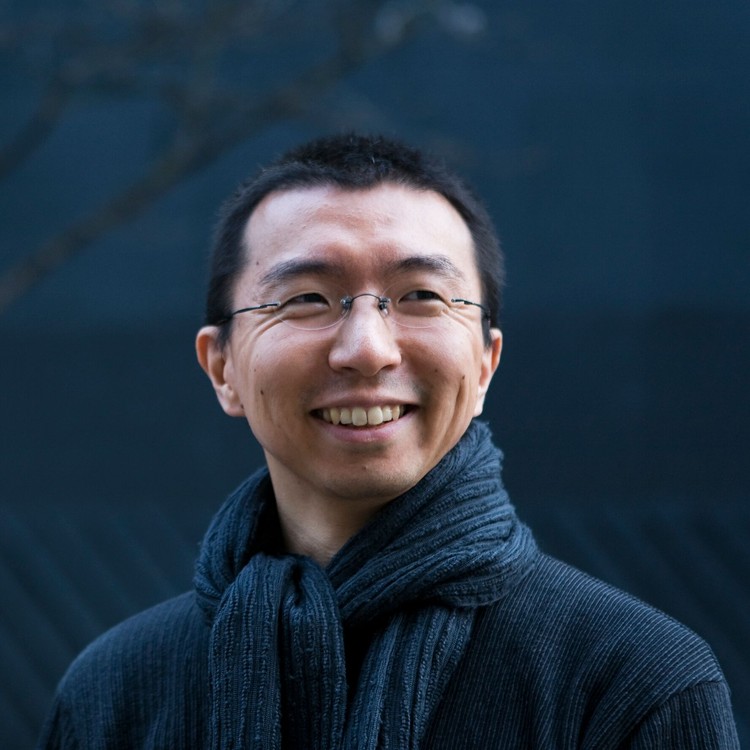Sou Fujimoto Architects' "Architecture is Everywhere" was among the ArchDaily editors' favorite exhibitions in the Chicago Architecture Biennial. The thought-provoking, entertaining collection of mundane objects truly embraced the idea that the public—not solely architects—should be included in the Biennial's celebration of architecture.
Before the fruits of architectural labor are realized, we rarely revel in the seeds cultivated in the minds of architects. It's hard to capture these formative ideas, much less present them in a way that seizes the satisfying moment in which architecture is "found."
The deceiving simplicity of displaying "found architecture" actually imparts a deeper, thoughtful lesson, which Fujimoto has inscribed on an accompanying placard "Architecture could come into being from anywhere. I believe fostering that architecture-to-be into real architecture itself is also architecture."

ArchDaily: Can you describe your contribution to the Chicago Architecture Biennial?
Sou Fujimoto: These small pieces are my exhibition in this room. The title is “Architecture is Everywhere.” It means you will see — how do you say—trash-like things or daily stuff or some strange things with small people. And it means that everywhere we can imagine architectural spaces when you put the people inside or outside. It looks like some scales… and then it looks like architecture. And then, sometimes, it is really creating unexpected spaces, unexpected relationships. So it is not architecture, but when you bring people, you can find some new imagination of architecture. This is kind of a funny trial to expand our ideas of architecture beyond our usual understanding of architecture.
So, it is fun to see how some strange things like potato chips or daily stuff are transformed into architecture. For architects, it is kind of the starting point for the deeper definition of architecture; but for the usual people it’s a really nice starting point to enjoy architecture and how architecture and architects can go beyond the usual understanding of architecture. It is, I felt, it’s so nice to open these discussions to the usual people, not only architects—to provide the opportunity to think about “what is architecture?”






















